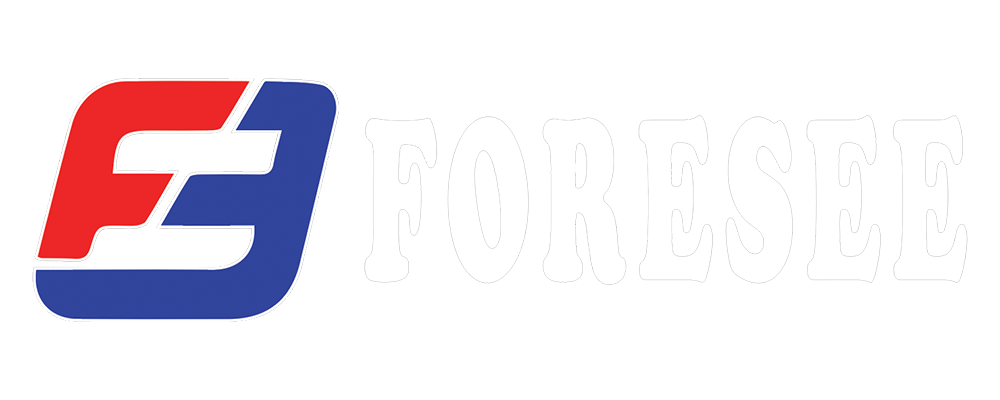Die casting and gravity casting are two methods used in the manufacturing of metal parts and components. The main difference between these two methods lies in how the molten metal is poured into the mold.
Die casting involves injecting molten metal into a high-pressure mold cavity. The mold is made of two hardened steel dies, and the metal is forced into the cavity under high pressure, creating a highly detailed and accurate part with a smooth surface finish. Die casting is typically used for high-volume production of small to medium-sized parts.
Gravity casting, also known as permanent mold casting, involves pouring molten metal into a reusable mold cavity under the force of gravity. The mold is made of steel or other metal alloys and is designed to withstand the heat and pressure of the casting process. Unlike die casting, which uses high pressure to force the molten metal into the mold cavity, gravity casting relies on gravity to fill the mold. Gravity casting is typically used for low-volume production of large and complex parts, such as engine blocks or cylinder heads.
Both die casting and gravity casting have their advantages and disadvantages, and the choice of which method to use depends on the specific requirements of the part being produced. Die casting is generally more precise and can produce parts with thinner walls and finer details, while gravity casting can produce larger and more complex parts with a lower initial tooling cost.

Recent post